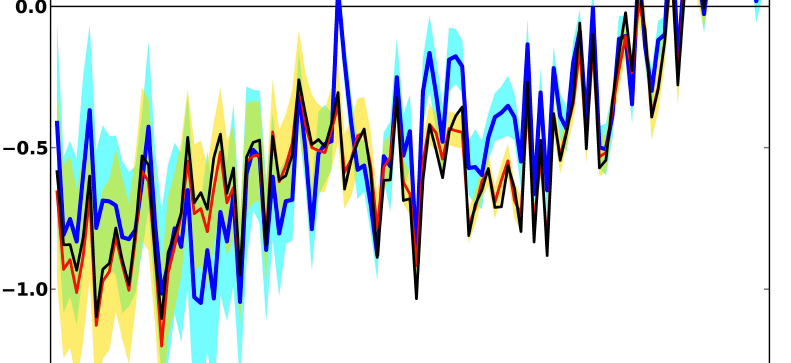
So here’s the thing: temperature data is the most accurate, cost effective and easily available metric of comfort for your staff and assets. It also has a crucial relationship with productivity, energy consumption and efficiency. So why aren’t you monitoring it more?
You might be relying on your BMS to tell you if your colleagues are sweating or shivering. Or monitoring comfort complaints as a metric of how things are going. As a second line of defence most facilities professionals have a thermometer in their tool box, ready to settle disputes at the point of conflict. But for most people, that’s it.
Allow us to convince you that this is a wasted opportunity. Allow us to convince you that there is a lot more to temperature than dealing with ‘too hot/too cold’ complaints.
Why you aren’t monitoring temperature enough
We don’t blame you. Temperature data as it’s presented today generally has some significant drawbacks:
1) it’s monitored in the wrong place,
2) it’s monitored using equipment that is inaccurate, expensive and requires maintenance,
3) it’s not interpreted helpfully (or at all),
4) there isn’t enough of it to answer the really interesting questions
These drawbacks mean you can never be completely sure if complaints are due to a system problem or colleagues’ personal comfort level. And that HVAC systems can drift a long way from their optimum set up, wasting energy.
Why these problems are worth fixing
Monitored properly temperature has some unique attributes
1) it’s the most important measure of your actual comfort, directly related to productivity
2) heating and cooling is one of the most expensive elements for most organisations. 20% off your HVAC requirement is likely to give you a much higher return than 20% off your lighting budget
3) it’s affordable. Measuring temperature is a well understood problem and the technology is cheap. Why spend £800 or £1000 on purchasing and integrating a new submeter for a single floor when for half the price you can not only get data on a single point but on every desk cluster or fan coil unit, allowing you to pinpoint exactly where and when the problems are occuring.
Why should monitoring heat help you save energy?
Heating and cooling is one of the largest energy uses in most commercial buildings
It’s all about efficiency – maximising your heating and cooling for minimum input. In an ideal world you would measure both input (meter data) and output (temperature achieved for that meter data) and we advocate this for a true understanding of your estate’s heating efficiency. But if you can only do one we think you should do output and here’s why:
– in every case you will have meter data anyway, from which you can make some gross deductions about consumption trends.
– meter data can tell you nothing about the experience of your colleagues. The most effective way to save energy in heating would be to turn all heating systems off, but that is not the goal of the game. The goal is to deliver just enough heat/cooling to make a comfortable work environment at the time it is needed
– meter data can tell you nothing about the location of wasted energy. It lacks context – where the heat energy is being used, whether that space is occupied, if there is an extra load on the building’s fabric. Adding location and time to heat data allows you to begin to see the context and gives you important clues about what to do next
Smart meters are great – we should know, the team at Purrmetrix has been responsible for many successful smart metering products. But here’s what they can’t tell you: they can’t tell you where your inefficiencies are occurring and what else might be happening in the building that is relevant. PurrMetrix can.
If we’ve done enough in this post to convince you to take another look at temperature data, then sign up below for our occasional series on using temperature data for fame, fortune and better facilities management.
